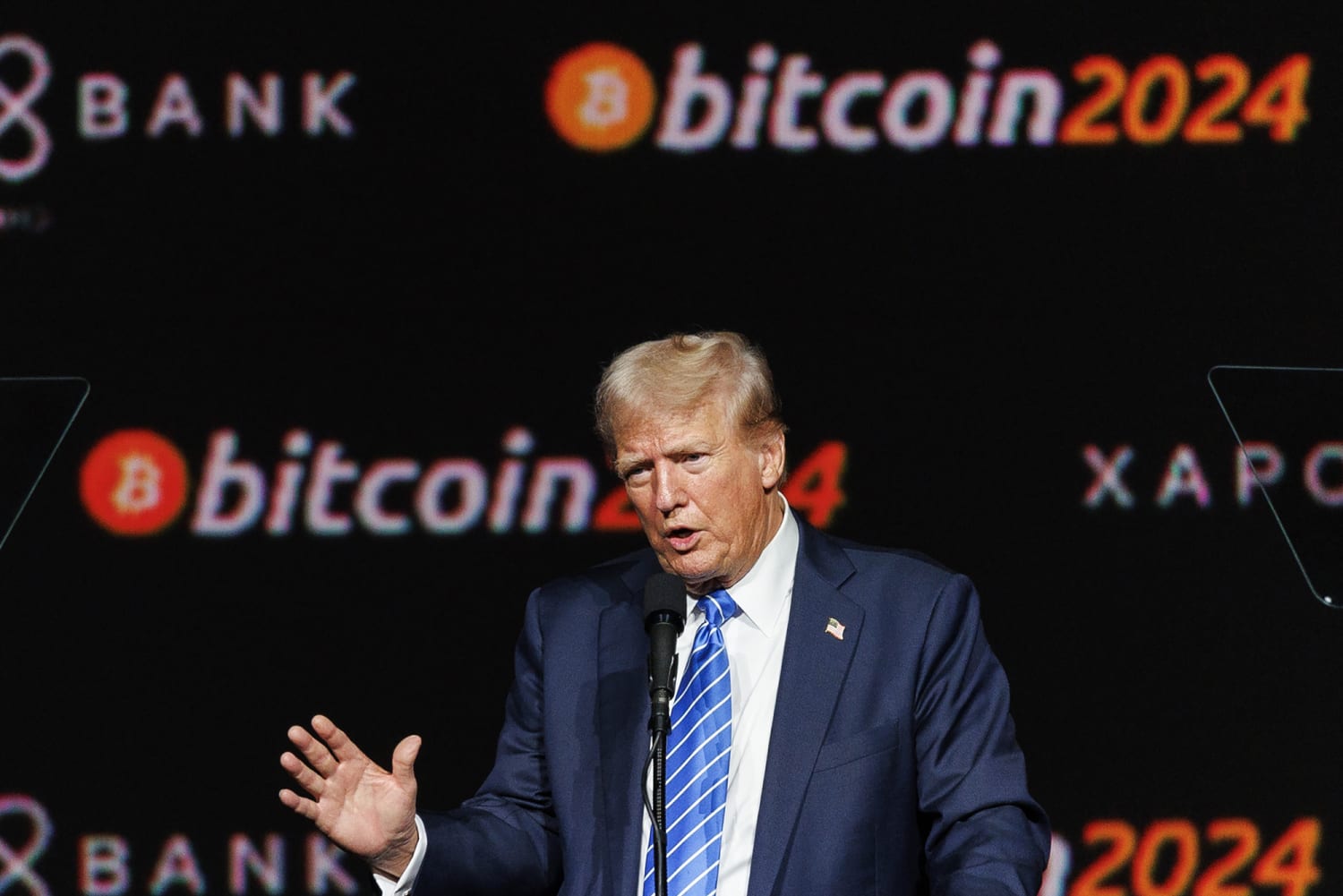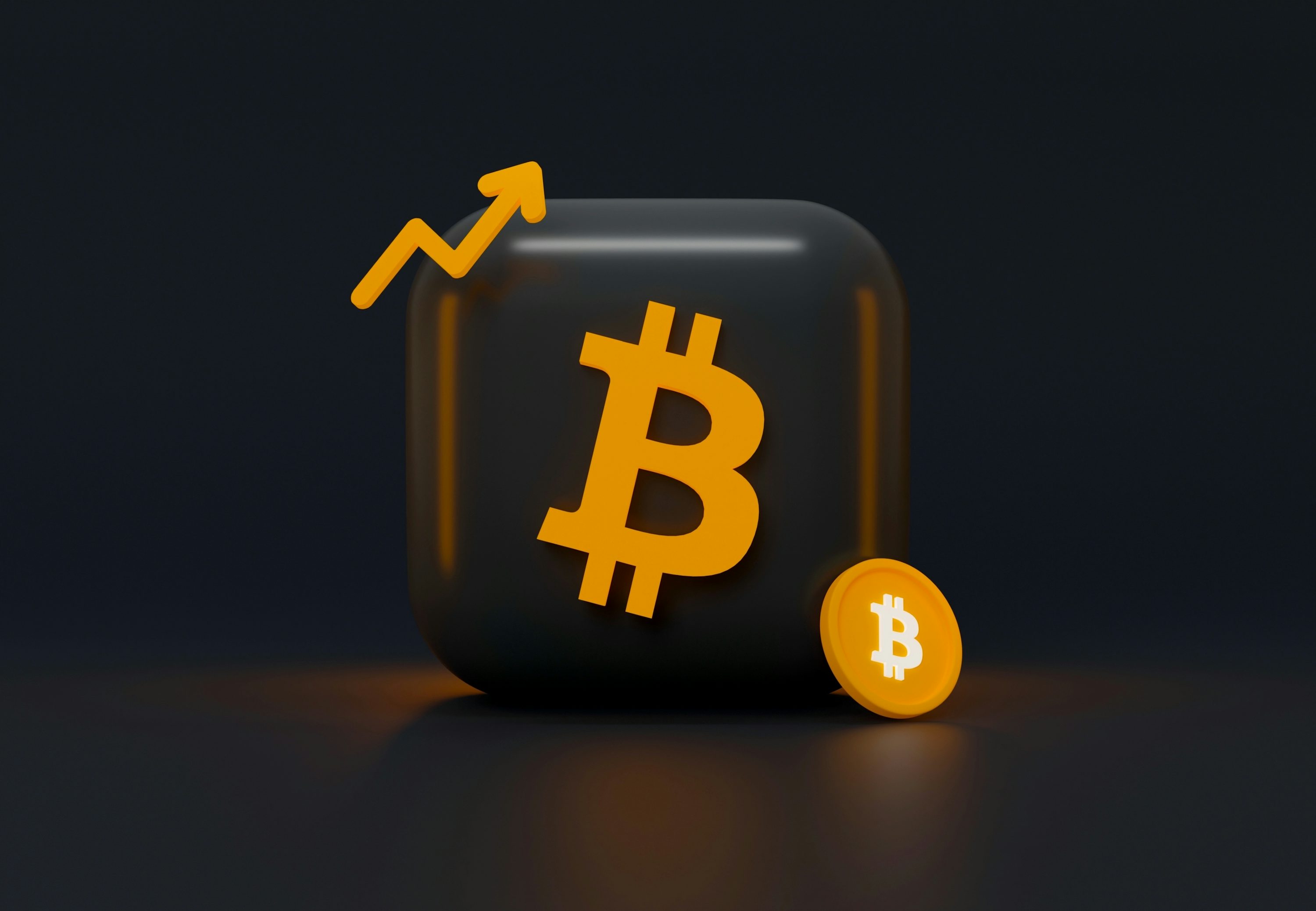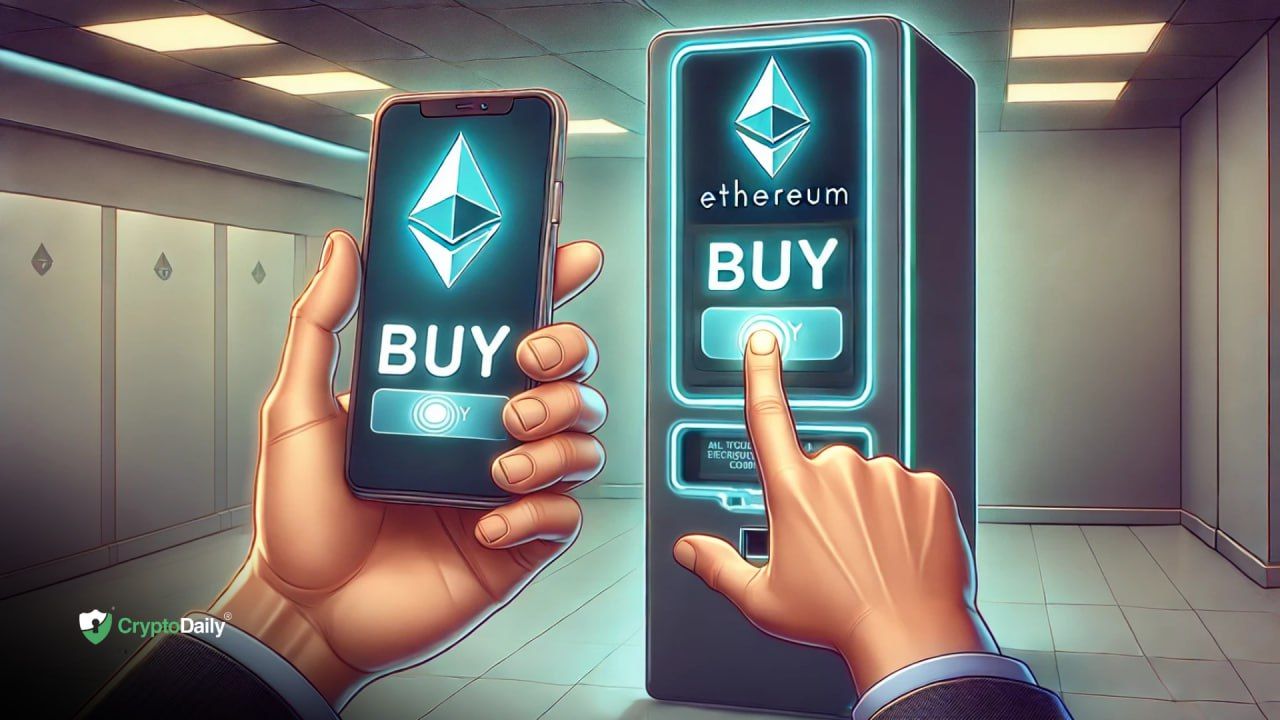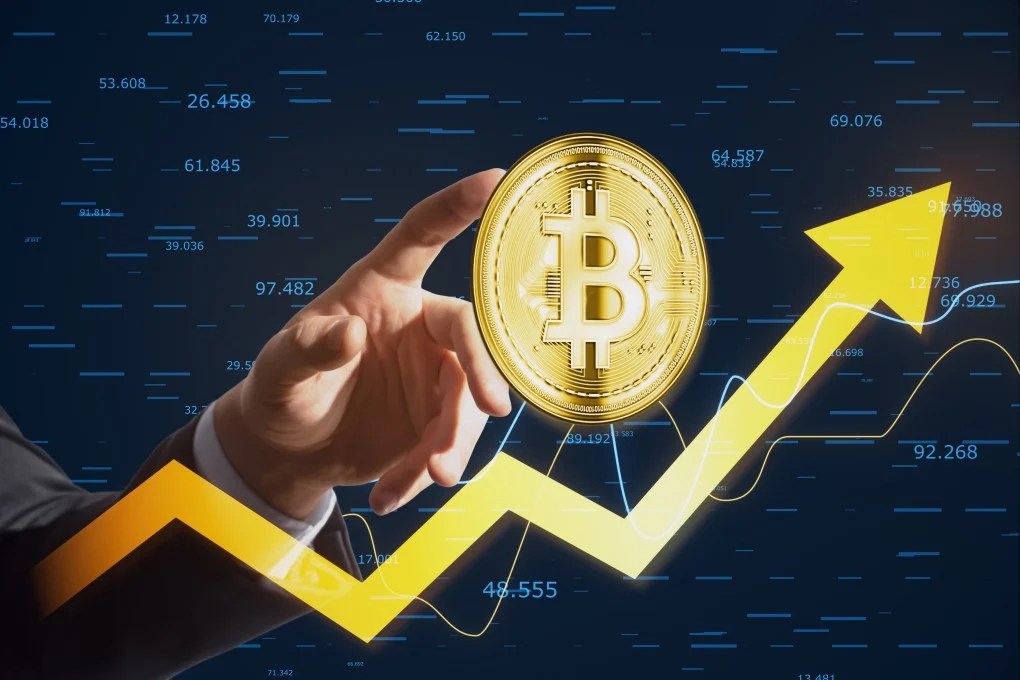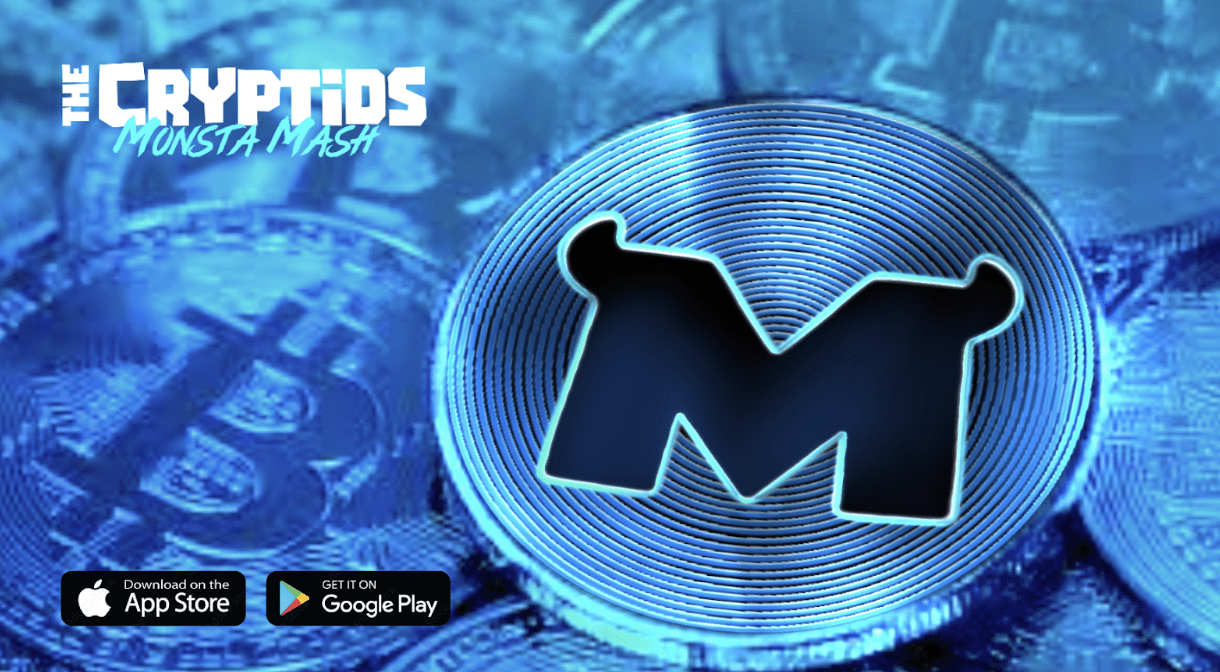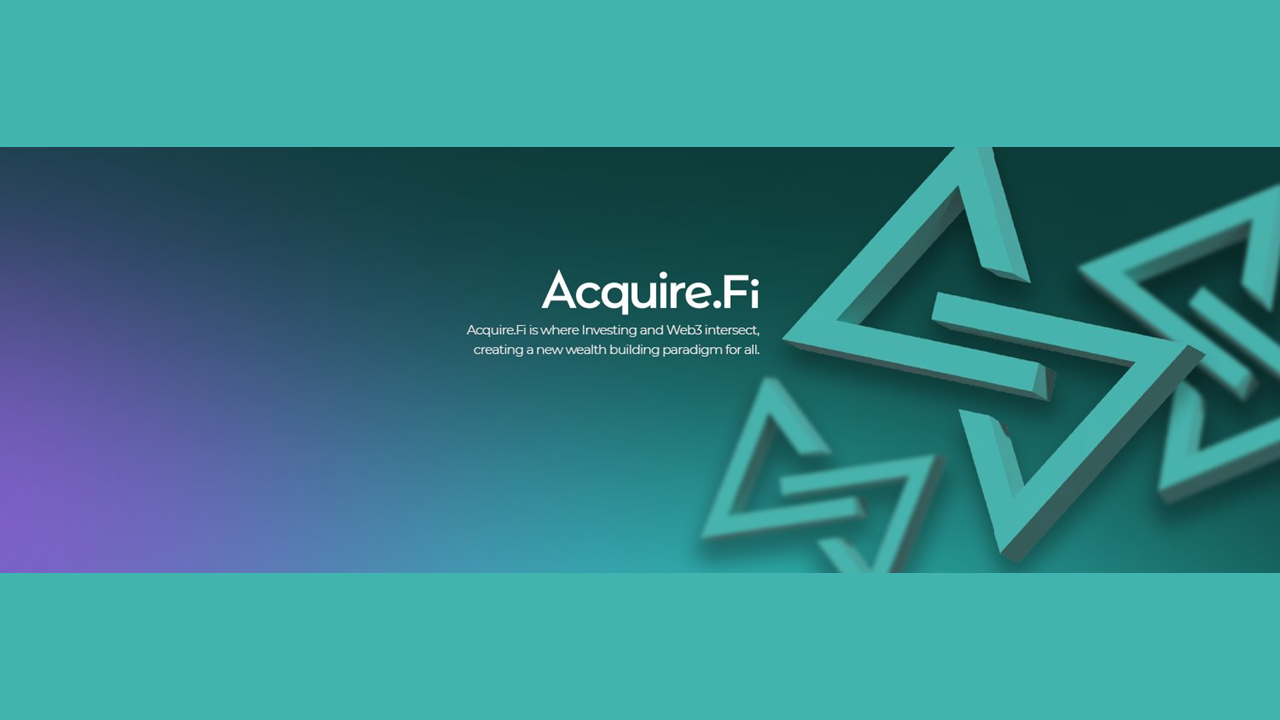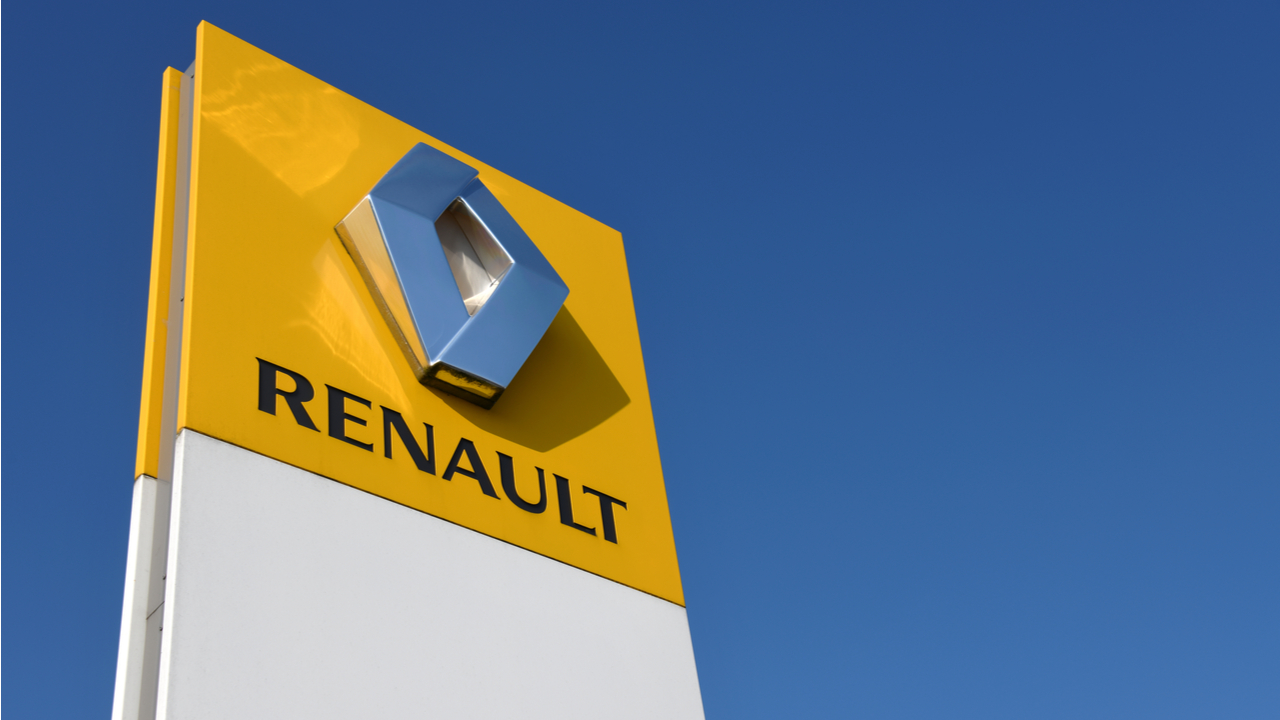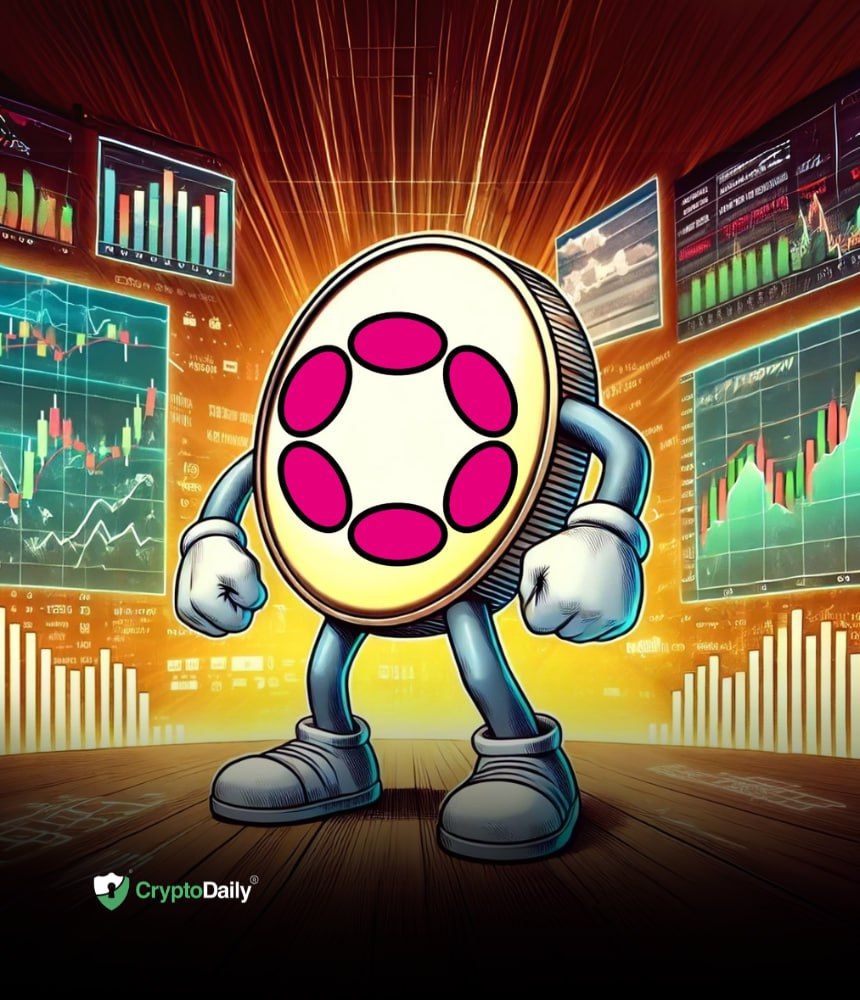Dogecoin (DOGE) and Eos (EOS) are some of the mainstay players in the cryptocurrency world. They each have a strong following of advocates and users and are considered a relatively good investment.
However, a new decentralized project called Uniglo (GLO) could be a better investment than these two. Uniglo features special deflationary qualities and introduces its Ultra-Burn Mechanism, which potentially could increase the value of GLO holdings over time. Dogecoin (DOGE) and Eos (EOS) on the other hand either do not burn tokens or do sparingly.
The two burn models of Uniglo (GLO)
The Uniglo project is a player in the decentralized finance (DeFi) that is scheduled to launch in mid-October. While still in its presale period, Uniglo is already raking in big-time investors and whales. One of the key attractions of this new project is its utilization of two different burn mechanisms, which are designed to benefit the users in its ecosystem. Uniglo is said to be one of the first projects, if not the first, with Ethereum to adopt this dual-mechanism strategy.
The purpose of burning coins or tokens is to reduce the supply in the market, making the asset more scarce. The reduced supply ideally will drive demand, which eventually will benefit coin/token holders. With Uniglo, the community has no specific volume in mind yet, but the principle is to keep the GLO token supply as low as possible.
The project aims to do this by conducting a standard burn on 2% of every buy and sell transaction on the platform. The Uniglo protocol will also purchase back previously issued GLO tokens in an effort to drive up the market price. This second type of burn pertains to the Ultra-Burn feature of Uniglo, which is similar to what large corporations do with their stocks. Apple, for example, has been buying back some of its stocks since 2012, which is an indication of the corporation’s confidence in the future performance of its own stock. As such, Uniglo aims to build the same kind of confidence and growth potential around GLO, making it a better investment choice than either Dogecoin or Eos.
Dogecoin (DOGE)
Contrary to Uniglo, Dogecoin (DOGE) does not conduct token burns. Dogecoin is the original dog meme coin that started out as a satire of early speculative coins such as Bitcoin.
Today, the total number of DOGE coins is approximately 132 billion and its market capitalization stands at $8 billion. Yet no burning mechanisms are currently being considered by the Dogecoin team. This is markedly dissimilar from the other dog coin, Shiba Inu (SHIB) which aims to burn a large volume of SHIB regularly. Dogecoin co-founder Billy Markus re-affirmed its no-burn strategy on Twitter recently, which was prompted by the Doge community asking about what could help increase the price of DOGE.
Eos (EOS)
Eos is an open-source, delegated Proof of Stake blockchain platform helping developers and enterprises build their applications. This project was launched in 2018 and experienced a successful initial coin offering (ICO). Today, its market capitalization is approximately $1.5 billion and the total supply in circulation is 999.2 million EOS tokens. The EOS platform also conducts burn events but only at the discretion of its community. In February 2020, it burned 34 million EOS tokens during which the ecosystem voted to decrease network inflation.
Final thought
The Uniglo project has deflationary qualities that could quickly drive down the supply of GLO tokens in the market, creating a limited group of GLO holders and a social currency that is in high demand.
For More Information:
Join Presale: https://presale.uniglo.io/register
Website: https://uniglo.io
Telegram: https://t.me/GloFoundation
Discord: https://discord.gg/a38KRnjQvW
Twitter: https://twitter.com/GloFoundation1
Disclaimer: This article is provided for informational purposes only. It is not offered or intended to be used as legal, tax, investment, financial, or other advice.
Credit: Source link



